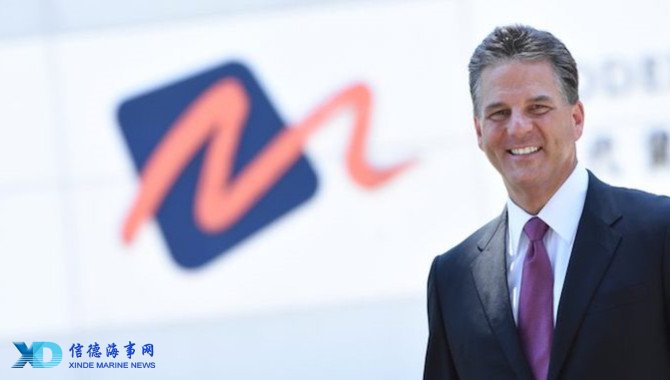
There appears to be no end to the decline in box volumes in Hong Kong. Following the declaration of annual throughput for 2018, which saw volumes slip to 19.54m teu or 5.7%, and the port fall to seventh place in the league of the world’s busiest ports, throughput for January 2019 is down 11.9% to 1.626m teu compared to 1.661m teu a year ago. There is some comfort in the fact that the January 2017 figure was 11% higher than in 2016.
Drilling down on the latest figures, the Kwai Tsing terminals saw an 8.7% fall in throughput at 1.291m teu. Midstream operators meanwhile handled 22.5% less boxes at 335,000 teu.
Hong Kong’s English newspaper of record, The South China Morning Post, cited the Hong Kong Container Tractor Owner Association chairman Lam Hoi-tat, who claimed that the ongoing US-China trade war was “the straw that broke the camel’s back.” But realistically Typhoon Mangkhut should take most of the blame. When the typhoon ripped through Hong Kong in September 2018, it caused more than 60 hours of downtime and forced carriers to seek alternative transhipment locations. Most importantly throughput for September fell 16.6% compared to September 2017.
It’s a sure bet that the Group managing director of Modern Terminals, Peter Levesque saw the writing on the end of year wall when he declared in November that the status quo of Hong Kong port was “neither sustainable nor desirable.”
In January 2019 all the port operators in Kwai Tsing proposed a solution that is both sustainable and desirable, in the form of the “Hong Kong Sea Alliance”.
As a joint operating agreement involving all operators including Hongkong International Terminals Limited, Modern Terminals Limited, COSCO-HIT Terminals (Hong Kong) Limited, and Asia Container Terminals Limited, “the formation of the Seaport Alliance will further enhance efficiencies, increase utilisation and improve our overall service offering to customers,” said Gerry Yim, managing director of Hongkong International Terminals Limited.
“The Seaport Alliance will ensure that the Port of Hong Kong remains a valuable contributor to our economy, both as an employer and as a facilitator of global trade,” Mr Yim added.
The collaboration is in direct response to a rapidly changing business environment, including the formation of new carrier alliances, carrier industry consolidation, and the dramatic increase in vessel size over the last few years.
“The Seaport Alliance will improve the value proposition of Hong Kong to customers, while reducing emissions and enabling Hong Kong to more effectively compete within the region,” said Mr Levesque. “For almost two centuries Hong Kong has played a vital role in the facilitation of global trade. The Seaport Alliance, and the application of new technologies, will enable Hong Kong to thrive as an international shipping hub for decades to come,” he said.
A vibrant and competitive port is critical to the economy of Hong Kong. The port and logistics sector accounts for 3.2% of the GDP of Hong Kong, and provides more than 174,000 industry related jobs.
Sadly, this innovative approach to what will otherwise be a chronic decline in business was hit with objections at the first hurdle, primarily from the Transport and Housing Bureau. Concerns were also expressed by the Hong Kong Shippers Association and various freight forwarding organizations who all fear higher port fees if the cooperating operators act as a virtual cartel. The upshot is that the proposal is now being investigated by the Hong Kong Competition Commission.

 China’s First Bulk Bunkering of Domestic Green Me
China’s First Bulk Bunkering of Domestic Green Me 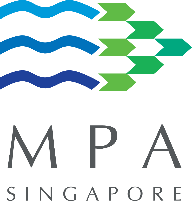 Rotterdam and Singapore Strengthen Collaboration on
Rotterdam and Singapore Strengthen Collaboration on 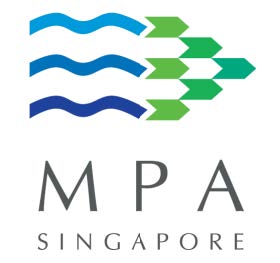 MPA and CMA CGM Sign MoU to Enhance Sustainable Shi
MPA and CMA CGM Sign MoU to Enhance Sustainable Shi 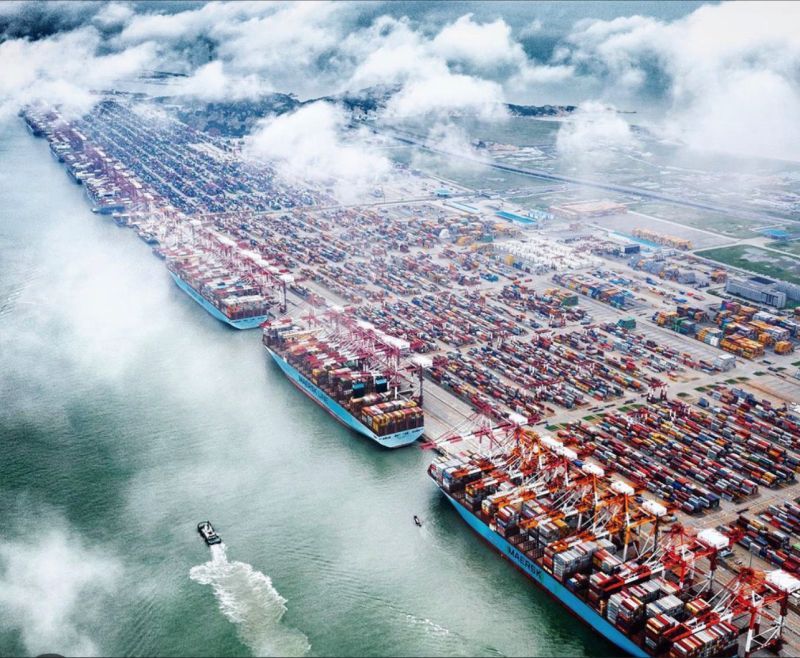 China's Ports Surge Ahead: Major Container Terminal
China's Ports Surge Ahead: Major Container Terminal 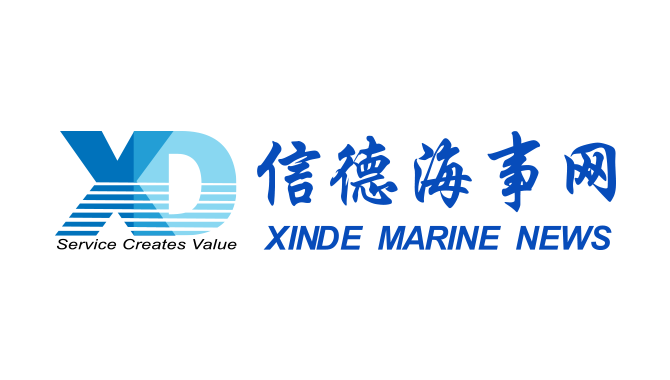 Port of Hamburg: Growth in container throughput and
Port of Hamburg: Growth in container throughput and 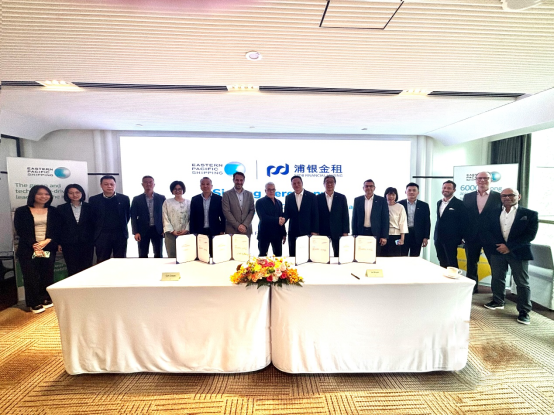 EPS and SPDB Financial Leasing sign financing agree
EPS and SPDB Financial Leasing sign financing agree